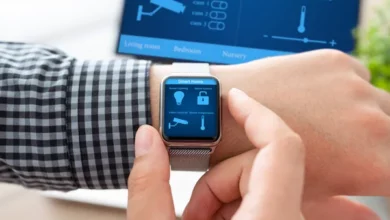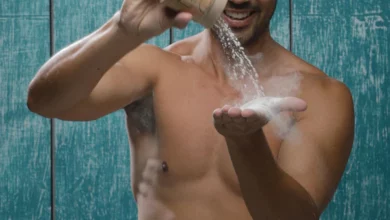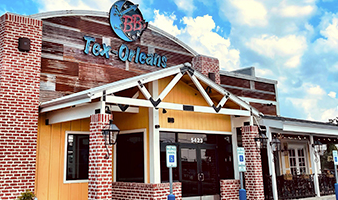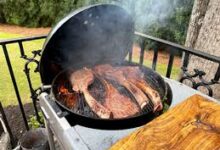
Enchanting Indian Embroideries
The history and art of a country are always one of those interesting topics that never fail in gaining our attention. So here we bring, one of the most enduring traditions of our country “The Embroidery” belonging to different parts of our country.
To our outfits this needlework is not merely ornamentation but it threads the stories of that particular community with their economic background, natural surroundings and sociopolical milieu. Now a days anything which is handmade is a paragon of luxury and this has popularized and rekindled embroideries in sarees, dresses, kurta pyjamas, dupatta etc. Designers worldwide are seen working with the finest regional artisans and with the dedication to the very famous style of embroidery, launching their collection.
Here are the most popular and familiar types of Indian Embroidery
· Chikankari
The technique of the creation of chikan work is known as chikankai. It is a delicate handmade work done artfully on fabrics like silk, muslin, chiffon, organza etc. In India, chikankari emboidery’s hub is Lucknow and very famously called Lucknawi Chikan. This type of embroidery is generally done on breathable and thin fabrics as the needle used in chikan cannot pass through thick fabrics.
· Gota Patti
Originated in Rajasthan in India, is the form of art Gota Patti or very famously called gota work. Using the applique technique this embroidery is done where the zari ribbons are cut into small pieces and applied onto the fabric with sewn edges to create patterns. At first this embroidery was done with original silver and gold metals, but with time it is replaced with copper coated silver as the making was very expensive the authentic way.
· Kashmiri Kashida
In India Kashida very famously known as Kashmiri Kashida and from the intrinsic beauty of the Kashmir Valley its drawing is seen to be inspired by. By involving one or two stitches known as Kashmiri stitch, this embroidery pattern is created with pashima or crystal threads or leather threads. Traditionally it is done on wool, silk or cotton fabric in cream, white or pastel colour palettes.
· Phulkari
The essence of the colourful and rich state of Punjab is the Phulkari embroidery style. Mainly of geometric pattern, it is done by floss silk threads on coarse handmade cotton fabric. Phulkari outfits traditionally made a huge part of a women’s wedding trousseau and its motifs expressing their emotions.
· Kantha
With its origin from the eastern region of the Indian subcontinent mainly from the state of West Bengal, kantha is a type of embroidery. This embroidery art traditionally was done on sarees, soft dhotis and blanket with simple patterns along the edges. In the rural part of the state, this made a great part of daily income for the women.
· Toda
Toda, the embroidery craft has been in the history of Tamil Nadu from the past many centuries originating from the Toda community in Nilgiris. “Pukhoor” which means flowers is the common name of this handcrafted embroidery. Normally done on off white or white fabric with a cross stitch patterns in black and red colour threads creating celestial and geometric patterns.
· Kasuthi
Emanating from the territories of the Karnataka state of India, Kasuthi is a very famous art style. This embroidery predominantly done on dark coloured fabrics with motifs inspired from the chariots, temples, animals, birds, flowers and many more. Rather than the embroidery patterns, in certain outfits like sarees the overall effect is a woven design.
Of different states of India, various traditional embroideries are described as an feeling of aesthetic of colourful decoration on various type of fabrics using variety of colour threads, motifs and designs behind each of this artistic creations the influence is always from the nature and the surroundings of different states.
Know more details visit here: https://mymoledro.com/blogs/blogs/enchanting-indian-embroideries







